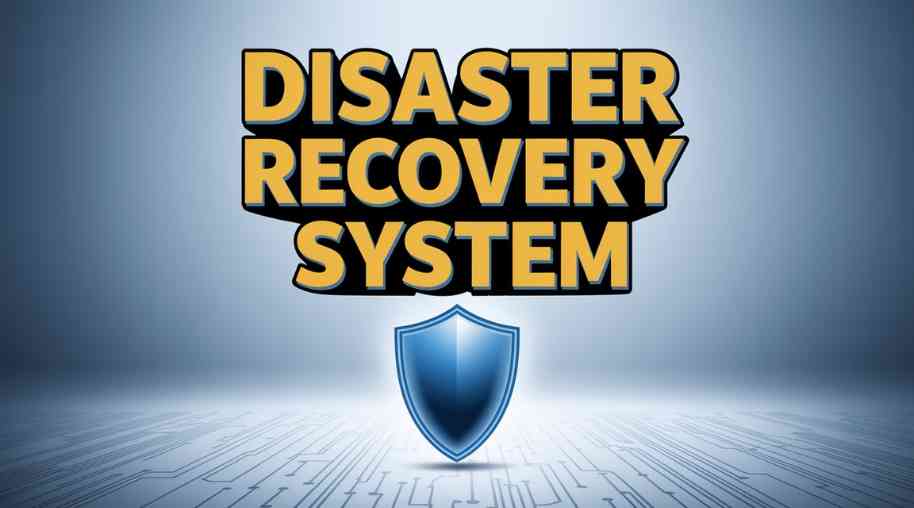DRS Full Form - Disaster Recovery System
by Shashi Gaherwar
0 1800
Comprehensive Guide to Disaster Recovery Systems: Strategies & Best Practices
A Disaster Recovery System (DRS) safeguards businesses against disruptions from natural disasters, cyberattacks, or hardware failures, ensuring minimal downtime and data loss for operational continuity.

This article explores the components, strategies, and best practices of Disaster Recovery Systems.
What is a Disaster Recovery System?
A Disaster Recovery System comprises tools, policies, and procedures to restore critical IT functions post-disaster, minimizing disruptions through backups, failover, and cybersecurity.
Types of Disasters That Require Recovery Systems
Disasters necessitating DRS include:
- Natural Disasters: Earthquakes, floods, hurricanes.
- Cybersecurity Threats: Ransomware, malware, breaches.
- Hardware Failures: Server crashes, power outages.
- Human Errors: Accidental data deletion, misconfigurations.
Key Components of a Disaster Recovery System
Core components of a DRS are:
- Data Backup: Regular full/incremental backups, often cloud-based.
- Recovery Planning: Defines RTO/RPO and roles.
- Redundancy: Failover systems for high availability.
- Cybersecurity: Firewalls, encryption, MFA.
- Testing/Monitoring: Regular audits and automated tools.
Disaster Recovery Strategies
DRS strategies include:
- Backup and Restore: Simple local/cloud backups for small businesses.
- Cold/Warm/Hot Sites: Cold for minimal setup, hot for instant recovery.
- Cloud Recovery: Cost-effective remote storage.
- Virtualization: Uses VMs for quick recovery.
- DRaaS: Third-party recovery services.
Best Practices for Implementing a Disaster Recovery System
Best practices for a DRS include:
- Risk Assessment: Identify threats and vulnerabilities.
- RTO/RPO Goals: Set clear recovery objectives.
- Redundant Systems: Implement failover for critical apps.
- Regular Testing: Update and test plans frequently.
- Employee Training: Educate on protocols.
- Automation: Use AI for threat detection.
- Compliance: Adhere to data protection regulations.
A robust Disaster Recovery System ensures business continuity with effective backups, cybersecurity, and failover strategies. Proactive planning and continuous improvement mitigate risks and enhance resilience.
Further Learning Resources
If you’re passionate about building a successful blogging website, check out this helpful guide at Coding Tag – How to Start a Successful Blog. It offers practical steps and expert tips to kickstart your blogging journey!
For dedicated UPSC exam preparation, we highly recommend visiting www.iasmania.com. It offers well-structured resources, current affairs, and subject-wise notes tailored specifically for aspirants. Start your journey today!

Share:








Comments
Waiting for your comments